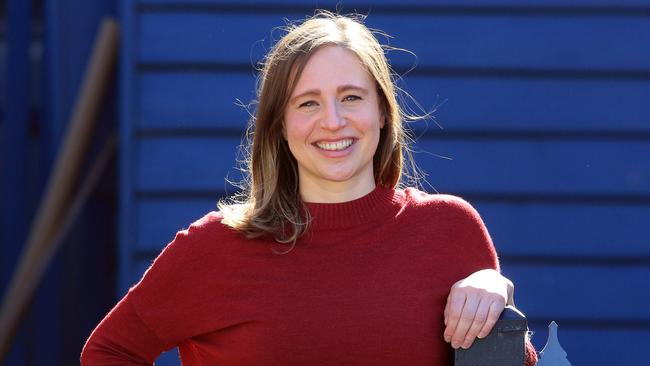Globe-trotting is a rich field of study for Monash historian
Ordinary people’s influence on international relations can be seen in tourism, volunteering and aid says a Monash University historian.

In 1961, a Gallup Poll in the US found that more Americans knew about the Peace Corps than about the Twist, a dance craze that was then taking the world by storm.
Volunteering in developing and post-colonial nations was hip. Ordinary people left the creature comforts of their homes to spend one, two or more years in unfamiliar countries in Africa, Asia and South America.
By the end of the 1960s, hundreds of thousands of Australians, Britons and Americans had responded to the call of development tourism, driven by idealism, a sense of adventure and a genuine desire to help others.
The outcomes were, however, mixed. Living in ex-pat ghettos, inexperienced and under-prepared and working in programs that often did not take local interests and wishes into account, “colonial cultures and mores were perpetuated”, says Agnieszka Sobocinska, a senior research fellow in the School of Philosophical, Historical and International Studies at Monash University.
Dr Sobocinska is named as Australia’s top researcher in the field of history in The Australian’s 2020 Research magazine.
Her work has focused on how, from 1950s to the 1970s, ordinary people helped shape global relations through tourism, volunteering and international aid.
Pioneered largely in Australia, among a small group of well-meaning, Melbourne University-educated professionals in the 1950s, volunteering in third world countries would grow to eventually morph into “voluntourism” or “orphanage tourism, an aberration from early worthy intentions that has proven to be ultimately exploitative of both recipients and volunteers.
Sobocinska’s interests lie at the intersection of public opinion and international relations.
“Volunteering clearly depended on ordinary people wanting to help in international diplomacy,” she says.
“I’m trying to see how government policies and diplomacy was enacted by the non-elite – by ordinary, well-meaning people and their ideas about the world and how it should look.”
In an upcoming book, Saving the World? Western Volunteers and the rise of the Humanitarian-Development Complex, to be published by Cambridge University Press next year, Sobocinska examines how tens of thousands of Westerners left home to volunteer in far-flung corners of the globe.
“Aflame with optimism, they set out to save the world, but their actions were invariably intertwined with national and racial power in the overlapping contexts of decolonisation, globalisation and the Cold War,” she writes.
Over time, the popularity and “innocence” of volunteering became tarnished as volunteering organisations “sort of developed their own PR industry”, she says. “It became less about the act of actually helping people and more about what young Westerners looked like,” Sobocinska says.
These programs started to focus less on the impact of what the volunteers were doing and more on the media and the image of volunteering. “International development became a new form of neo-colonialism,” she says.
These days volunteering is de rigueur, with many schools and universities embedding it into their programs and curricula. But all too often these programs are run with little regard for what the recipient nations really need or want, Sobocinska says.
Her earlier focus was on travel and tourism and how it was a politically significant activity that contributed to broader understandings of Australia’s relations with Asia. The experiences of ordinary people in Asian countries helped, for example, bring about an end to the White Australia Policy.
Travel, Sobocinska says, reshaped attitudes towards Asia, which facilitated both personal and societal reassessments of Australian relations with Asia.
Agnieszka Sobocinska is one of over 250 Australian researchers named in The Australian’s 2020 Research magazine as leaders in their field of research, based on the quality and impact of their work.
The Australian’s partner, research analytics firm League of Scholars, uses data from Google Scholar to examine papers published in the top 20 journals in more than 250 fields of research over the past five years. It identifies the field leaders as the authors and institutions that have the most citations from their papers published in these journals.



To join the conversation, please log in. Don't have an account? Register
Join the conversation, you are commenting as Logout